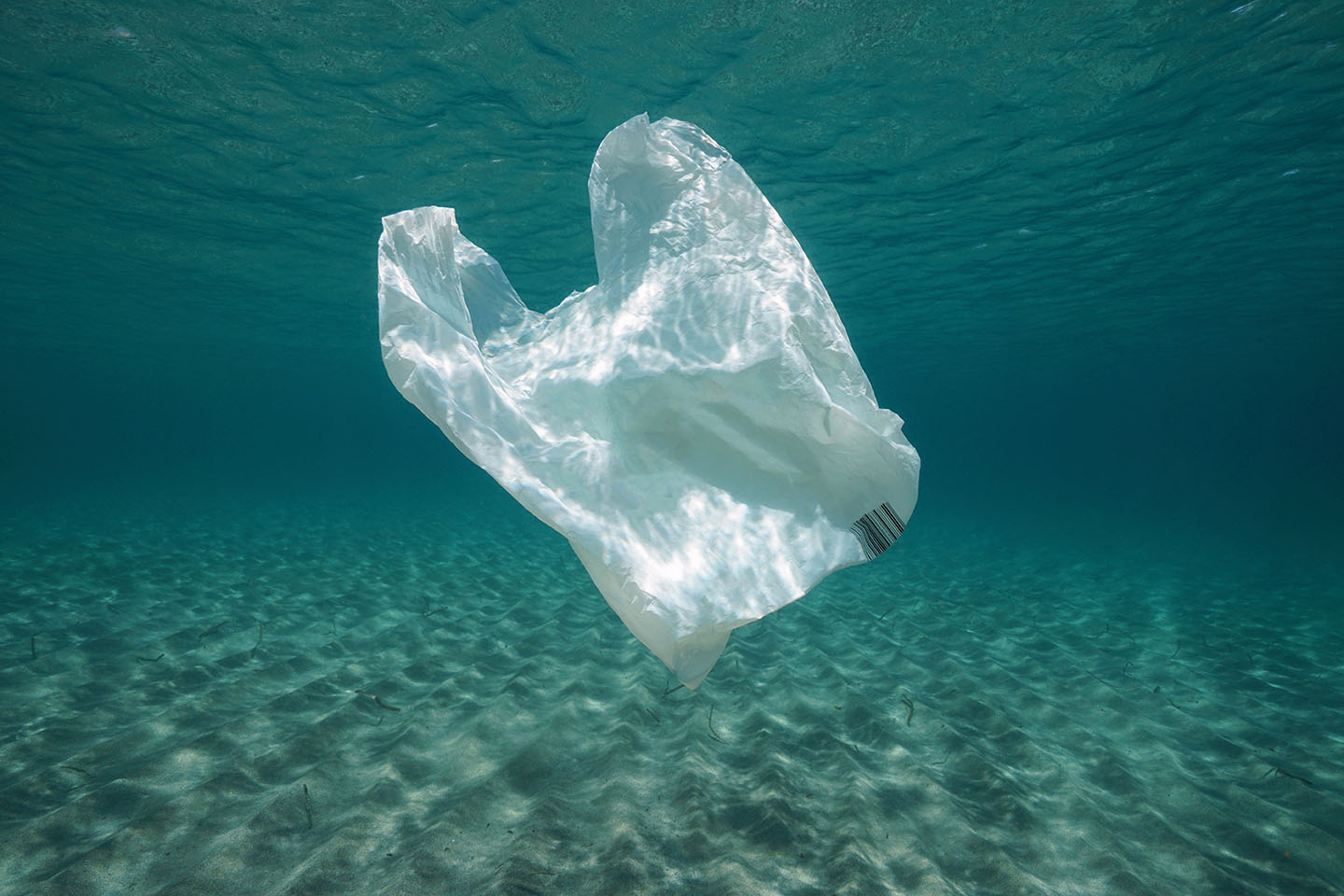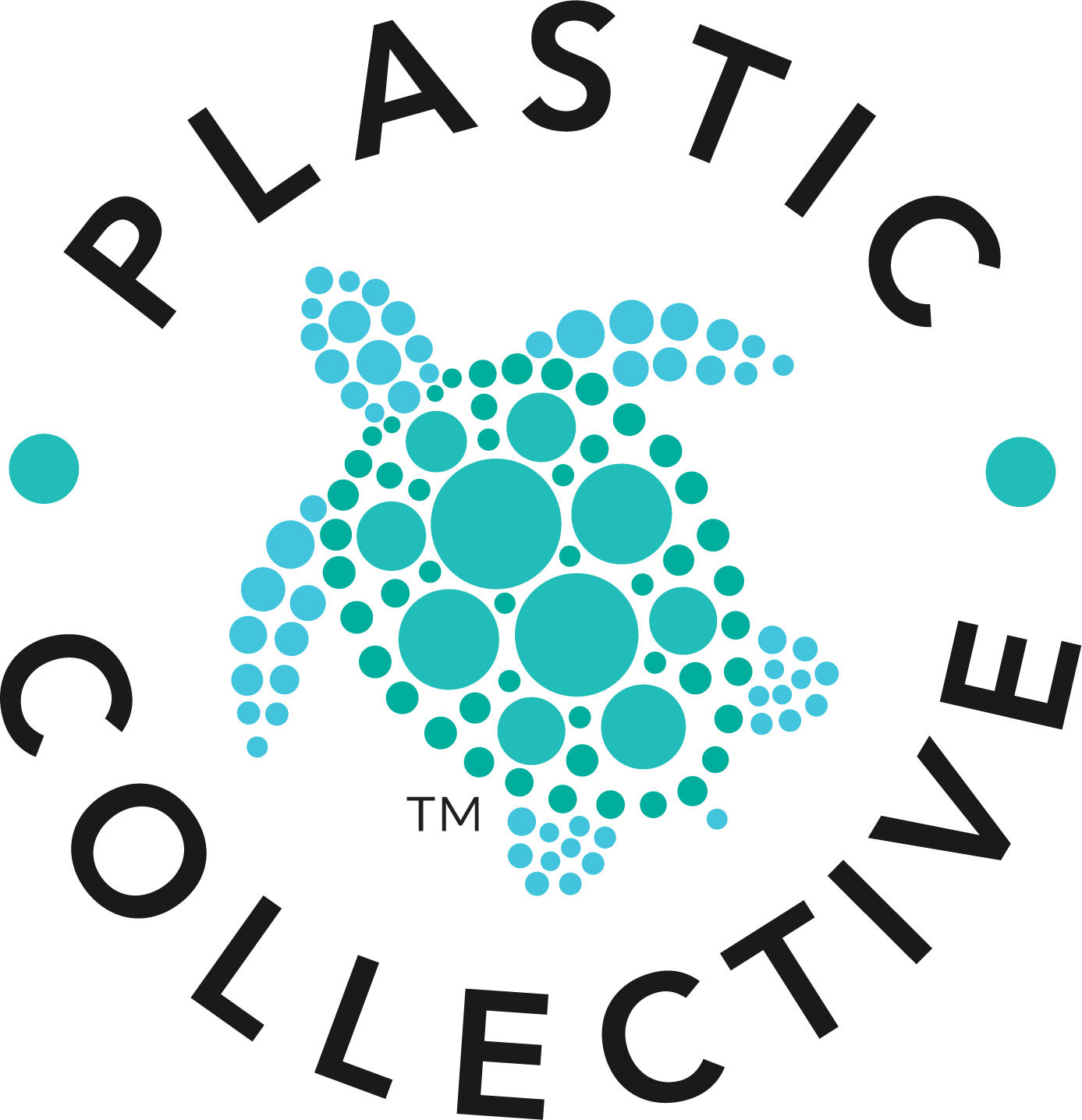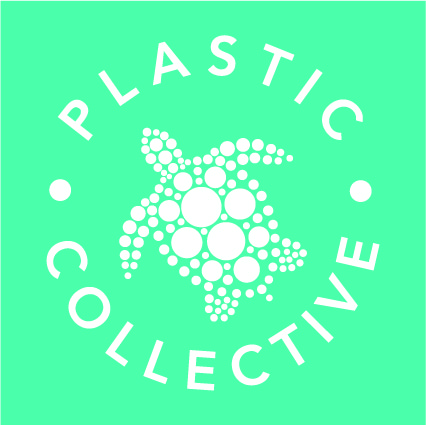What is the Great Pacific Garbage Patch?

The Great Pacific Garbage Patch (GPGP) is a vast area in the North Pacific Ocean where marine debris, primarily plastics, has accumulated due to ocean currents.
What we have come to know as the great pacific garbage patch was first discovered by Captain Charles Moore in 1997 when sailing back after a yacht race. Its location is now known as the Eastern Garbage Patch and is found between Hawaii and California. Later the 5 Gyres Institute has discovered another five garbage patches in oceans around the world. Unfortunately, it is likely that more will be discovered over time.
The current Great Pacific Garbage Patch is composed of two main areas: the Western Garbage Patch, located near Japan, and the Eastern Garbage Patch, found between Hawaii and California. The debris in the GPGP ranges from microscopic particles to large materials, such as abandoned fishing nets and other discarded items.
The Great Pacific Garbage Patch is an alarming environmental issue that has gained significant attention recently. Over the decades, this massive accumulation of plastic and other debris floating in the Pacific Ocean has grown, endangering marine life, and threatening the planet’s health.
The garbage patch is not a visible island of trash, as some might imagine. Instead, it is a dispersed collection of plastic particles, often called microplastics, which are challenging to see with the naked eye. More oversized plastic items are also interspersed within the garbage patch.
How big is the Great Pacific Garbage Patch?
Estimating the size of the GPGP is challenging due to its ever-changing nature and the fact that it is not a solid mass of debris. However, according to researchers, the patch covers an area of approximately 1.6 million square kilometers. That is the equivalent of 620,000 square miles. For example, this is often compared to being twice the size of Texas or three times the size of France.
The patch is estimated to contain over 1.8 trillion pieces of plastic, weighing about 80,000 metric tons. This vast accumulation of debris continues to grow, making it increasingly challenging to address the problem.
While the Great Pacific Garbage Patch is the most famous, it is not alone. As reported by the National Oceanic and Atmospheric Administration (NOAA), researchers have found other collections of plastic garbage in the ocean, such as in the South Pacific Ocean and the North Atlantic. This means the problem of plastic waste in the sea isn’t a contained issue, it is spread all over the world and is a global concern.
Causes and contributors to the GPGP
The primary cause of the GPGP is the massive amount of plastic waste that humans generate daily. It is estimated that 8-15m tons of plastic garbage is released into the ocean from global rivers each year. Plastic Collective’s own research on remote Asia Pacific islands (where 370million people live) has discovered that plastic leakage into the oceans, can be close to 100%, with an estimated additional 11million tonnes of plastic entering the oceans per year.
Single-use plastics are a source of pollution in the ocean. Items such as plastic bags, straws, and plastic bottles are some of the most significant contributors to the GPGP. These items are often not recycled and end up as ocean plastic, with these plastic pieces breaking down into microplastics over time and causing problems for marine ecosystems and ecology.
Another contributor to the GPGP is abandoned and lost fishing gear. Fishing nets and other equipment, such as ghost nets that are left behind or lost at sea, also contribute to the GPGP. Plastic debris from fishing can trap and kill marine life, causing further damage to the ecosystem. It has been estimated that some of the plastic pollution found in the GPGP comes from the fishing industry, and we estimate that this counts for around 20% of the total ocean debris. However, the vast majority of the plastic waste found in the oceans come from single use packaging and containers. Plastic Collective have regularly noted that the beaches in northern Australia, Indonesia, and other places around the globe are littered with drink bottles, plastic containers, oil bottles, thongs and lights, and other land and household based items.
Other sources of litter found in the GPGP include marine and coastal waste. Litter from beaches and coastal areas can be carried out to sea by winds and tides, eventually ending up in the GPGP. Plastic litter from rivers and waterways also feeds into the ocean, and plastic dumped in these water sources can end up in the open ocean. Plastic left on beaches that do not immediately enter the world’s oceans can still harm coastal species such as seabirds such as albatross, seagulls, sea turtles, and seals, who can still get tangled or ingest plastic waste.
How Ocean Currents Affect the GPGP
The GPGP is located in an area known as the North Pacific Subtropical Gyre. This is an ocean area where ocean currents from the South Pacific and the Arctic converge.
Four ocean currents converge where the GPGP is located, creating an area of water known as an ocean gyre that swirls around (on a vast scale), moving litter and waste through these currents to form at the center of the vortex. There are still waters at the center of where these currents converge. These ocean mechanisms trap debris and litter in the area at the center of the convergence point, which over time, contributes to the escalating growth of the patch.
Typically, when we discuss the GPGP, we discuss it as one entity. In actuality, it is split into two huge areas, known as the Eastern Garbage Patch, which expands towards California and Hawaii and the Western Garbage Patch, which extends from Hawaii to Japanese waters.
The environmental impact of the Great Pacific Garbage Patch
The GPGP poses a significant threat to marine life and the health of the oceans. Some of the consequences of the patch include the ingestion of microplastics. Many marine animals mistake tiny plastic particles for food, resulting in ingestion. Once ingested, the microplastics can cause internal injuries, blockages, and malnutrition. Not only does plastic break down into microplastics, but it can also leach toxic chemicals. Once microplastics or toxic chemicals have entered the food chain of marine animals, they can, in turn, end up entering the human food chain. It is thought that ingested plastic in humans might cause illnesses such as cancer.
Another issue is that plastic can alter the ecosystems it is introduced into. Jim Carlton of Williams College and Mystic Seaport Museum and Lindsay Haram of the Smithsonian Environmental Research Center conducted a study. They found that while open-water pelagic species were found in the GPGP, so were non-pelagic species from coastal areas, implying that the plastic had carried these species out to open water creating unnatural communities in the sea.
Entanglement is a big issue for marine mammals, fish, and birds: larger pieces of debris, such as fishing nets and ropes, can entangle marine animals, leading to injury, drowning, or starvation.
Plastic is also a cause of habitat destruction. Accumulating debris can damage marine environments, such as seagrass beds and coral reefs, which are essential to many species. Often microplastics can be found on beaches, and once integrated and mixed into the sand and stones, it is challenging to remove. Microplastic removal and filtration systems exist – but the problem is so severe that it is hard to improve the overall situation.
What can individuals and businesses do to help combat the GPGP problem?
Individuals and businesses can significantly reduce the waste that enters our oceans and, in turn, the size of the GPGP by adopting more sustainable practices in their daily lives and business practices.
One of the first steps is to reduce our unnecessary plastic consumption. Consumers can opt for reusable items, such as water bottles, shopping bags, and straws, to reduce the amount of single-use plastics used. Businesses can play their part too. For example, switching to biodegradable packaging and from single-use plastic to other materials can make a massive impact.
For manufactured plastic, there needs to be better recycling options available, and consumers and businesses need to recycle the plastic used. Properly recycling plastic waste ensures it does not end up in the environment. It can also be reused, meaning that less plastic will need to be manufactured in the first place. Deploying and investing in new recycling technologies, such as (for example) chemical recycling, can potentially increase recycling rates and reduce plastic waste.
Moving to biodegradable plastics and materials instead of single-use plastics is necessary and important. For example, developing biodegradable plastics alternatives that break down more quickly and have a lower environmental impact. Product developers, shop owners and importers can help by stock and selling products that are more economical and sustainable such as refillable bottles, or using natural fibers such as banana leaf for fresh snack items.
Improved recycling help create a circular economy. By promoting a circular economy, wherein products have been specifically designed to be reused and recycled, we can reduce the amount of waste thrown away in landfills, incinerated, or dumped in the ocean.
Ultimately, plastic waste is already in the environment, escalating the problem. Therefore, initiatives that work to reduce plastic in the environment are needed and should be supported.
At an individual level, joining a local beach cleanup group can help prevent debris from entering the ocean, contributing to the GPGP and overall ocean pollution. Also, supporting organizations through donating is another way that an individual can help.
For example, ocean-focused organizations such as The Ocean Cleanup, founded by Boyan Slat, have created innovative ways to clean up the plastic found in the ocean. While this scheme was a great initiative, it wasn’t going to solve the plastic problem by itself. The Ocean Cleanup has moved operations to river mitigation using floating booms because once the plastic waste is in an ocean gyre, it is too late to effectively deal with. Because of this, many organizations are focusing on this area, as mitigating the plastic pollution at the source is much more effective in tackling the problem.
Businesses can help by carrying out a plastic audit within their business to determine how much plastic is used and what plastic can be replaced with more environmentally friendly materials. They can also help by becoming a plastic-neutral business.
Tourism also has a massive impact on remote island pollution. Tourist should be aware of the plastic items they use and should try to minimize the plastics they take to and use while traveling. If everyone used a refillable drink bottle, boiled water to use when needed, and carry a reusable bag instead of a plastic disposable one, it would help to reduce plastic waste. Tourists should remember that plastic recycling facilities are not always established or effective in every country around the world so the onus on the individual to deal with their own plastic waste.
Education in the impact of plastic on the environment is essential as is providing developing countries with incentives to collect and recycle. One approach is to focus on community led initiatives. The Plastic Collective works with local communities to take the plastic they have collected and turn it into recycled goods. Firstly, they remove plastic from the environment and recycle it into valuable products that help reduce plastic waste and support their local community’s development. Read about some of the projects we have established.
The role of governments and organizations in tackling the GPGP issue
Governments and organizations play a vital role in addressing the GPGP problem through policy, funding, and international cooperation. Some of the ways governments and organizations can help include implementing plastic bans. Bans on single-use plastics can help to reduce the plastic waste entering the ocean.
Many countries have implemented specific plastic bans, which is good news for the environment. The problem is that not all countries are in sync with their policies. Since plastic is an environmental issue affecting the world, all nations must implement complementary legislation. This is why promoting international cooperation and working together with other governments and organizations to address the GPGP problem on a global scale is crucial to finding effective solutions.
Another way governments can help is through funding research and promoting innovation. Supporting the development of innovative solutions to the GPGP problem, such as advanced recycling technologies and biodegradable plastics, can support the cleanup efforts already underway in our oceans.
The future of the Great Pacific Garbage Patch and our responsibility
The Great Pacific Garbage Patch is a pressing environmental problem that requires significant attention and action. However, TGPGP is just one garbage patch out of many. Many more garbage patches exist in the oceans. The Plastic Collective is currently researching the less known Gulf of Papua current, a smaller gyre that potentially could be the source of the pollution on the Great Barrier Reef.
Governments, organizations, and individuals all have a role in addressing this problem and ensuring the health of our oceans and marine life. By adopting sustainable practices, supporting innovative solutions, and promoting international cooperation, we can work towards a future where issues such as the Great Pacific Garbage Patch is no longer a threat to our planet.
How The Plastic Collective Helps
Our schemes work with local communities who find and collect waste plastic that has been discarded in the environment. The projects they run with the discarded plastic turn this plastic waste into new products they can sell. This improves the livelihoods of their local communities while also removing plastic from the environment, helping the entire world.
These community programs help create a circular plastics economy and give a second life to single-use plastics.
The Plastic Collective can also help businesses reduce their plastic footprint through our innovative plastic offsetting scheme.
If you’re a business looking to become a plastic-neutral company, then the Plastic Collective can help. Contact us today to learn more about our plastic-neutral scheme.

